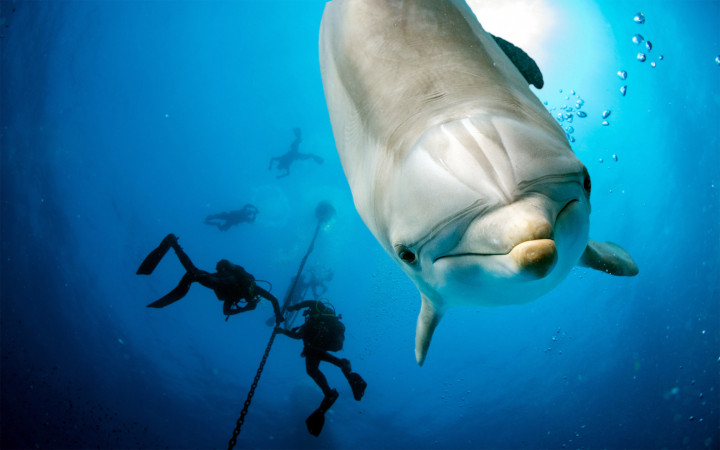Today’s Wonder of the Day was inspired by WonderTeam. WonderTeam Wonders, “What is human bycatch?” Thanks for WONDERing with us, WonderTeam!
Imagine you’re on a quiet nature walk. You’re watching animals run and enjoying the peaceful day. That’s when you spot a rare flower. You move to get a closer look. Suddenly, you hear a loud SNAP, SNAP, SNAP! You’re blinded by bright lights. You quickly back away from the flower, but you can’t seem to escape the snapping.
Are you being followed by the paparazzi? No, but it may feel that way. Instead, you’ve been caught on film by a camera trap. It took pictures of you because you got close to the flower it’s hidden behind. You’ve become human bycatch!
Human bycatch happens when cameras that are meant to study nature end up taking pictures of people. Usually, this is caused by camera traps. They work by taking a picture when they detect motion. Scientists place them in nature or on drones to get pictures of wildlife.
What happens to the pictures the camera took of you? Will a scientist study them in their lab? Well...maybe! Researchers don’t usually set up cameras to get photos of humans. Still, they sometimes use pictures of human bycatch to learn about human behavior.
In many cases, human bycatch has caught people breaking the law. And this happens more often than you might think! A 2018 study surveyed 235 scientists. It found that over 90 percent of them had pictures of human bycatch. And of that 90 percent, half of them had shared images with law enforcement.
Many people have mixed feelings about human bycatch. After all, the idea of being photographed by strangers makes many uneasy. That’s why some say human bycatch leads to loss of privacy. Still, there are some positive results. Camera traps have helped catch animal poachers. This helps stop poaching and protects animals.
Still, many people would rather not be caught on camera unexpectedly. And in some cases, human bycatch leads to problems for researchers. When people realize they’ve been photographed, they sometimes steal or destroy the cameras. Others simply cover the cameras, which also stops them from taking pictures of wildlife.
Is human bycatch an invasion of privacy? Do human beings have a right to not be photographed against their will? Many say so. To address this issue, some researchers refuse to use pictures that have people in them. Others cover the faces of human bycatch to provide privacy. Some researchers are also working to make smarter technology that won’t photograph humans.
What do you think should be done? Is it okay for camera traps to take pictures of people? Should those images be used for study? Turned over to ? Thrown away? How can scientists protect privacy and still learn about wildlife?
Standards: CCRA.L.3, CCRA.L.6, CCRA.R.1, CCRA.R.2, CCRA.R.4, CCRA.R.10, CCRA.SL.1, CCRA.SL.2, CCRA.W.1, CCRA.L.1, CCRA.L.2, CCRA.W.9




